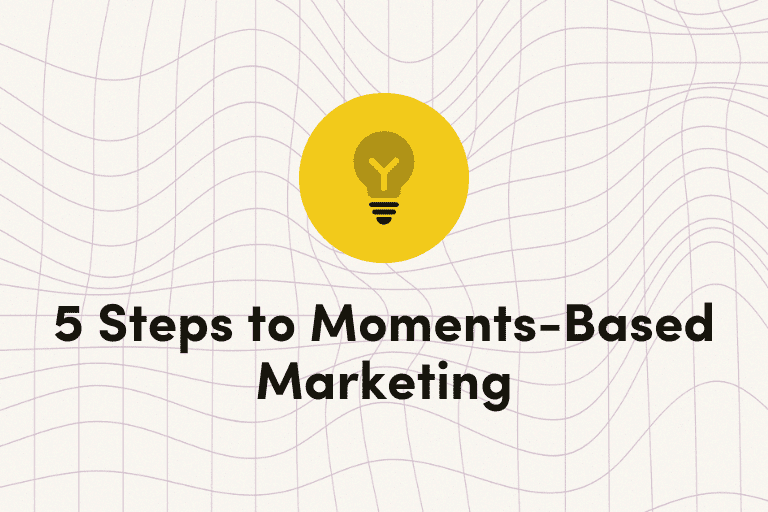How to Minimize Customer Churn
Customer churn refers to the loss of customers or subscribers. Many companies track their “churn rate” by analyzing the percentage of customers that drop off over a given period of time, such as per month or per quarter. For subscription-based businesses, it can be tracked by the number of subscription cancellations or non-renewals. For other product- or service-based businesses, it can be tracked based on the number of users who have not bought a secondary product or service over a given period of time.
Many companies focus most of their efforts on new customer acquisition rather than retention strategies to minimize customer churn. That’s a big mistake. Increasing customer retention rates by just 5% can increase profits by 25% to 95%.
To minimize customer churn, brands should identify strategies for recognizing which customers are most likely to churn before it happens, and come up with a plan to re-engage these customers.
Why Do Customers Churn?
Before coming up with a re-engagement strategy, it’s important to understand a customer’s objections. Reasons for churn typically fall into a few different categories:
- Is price a concern? Many customers are price-sensitive and may decide that they’re not receiving the value they want from the product or that a competitor’s less expensive offering will serve them better.
- Is the customer actually a good fit for the product in the first place? If they realize it doesn’t meet their needs, they may decide to stop using it.
- Is the user having trouble engaging with the product or solution? If they don’t take the time to complete onboarding and learn about the benefits of your company, they may become disengaged quickly.
- Has the customer had a poor experience with customer support, the ecommerce experience, or other elements of the purchasing cycle? If so, they may not want to buy from your brand again.
It’s important to try to determine the reason for customer churn so that you can develop customized content that will help to overcome their objections and re-engage them in the customer journey.
How to Minimize Churn
Once you’ve identified customers who are most likely to churn, you’ll need to develop a personalized re-engagement cycle based on the factors that are most likely to win them back.
To find out why they’ve disengaged, you might consider sending out a survey or even offering a personalized consulting session with one of your team members. If they’re willing to respond, listen closely to their feedback to understand what’s not working for them.
Even if customers don’t provide direct feedback, you can gain a lot of insight from their interactions with your brand to help you understand how to re-engage them.
If your customers are price-sensitive, for example, you can minimize churn by offering a pricing incentive. By encouraging inactive customers to make a purchase with a substantial, limited-time discount, you may be able to encourage them to continue their customer journey with your brand.
Lack of product knowledge can also lead to customer churn. If you’re tracking key metrics such as how many videos a customer has watched in your onboarding sequence, you may identify those who have only watched a few videos as most likely to lapse. You can send customized offers of personalized support or links to FAQs to these customers to help guide them through the onboarding process.
The cryptocurrency platform, Blockchain.com, for example, has put nurture sequences in place for multiple user segments based on the time since they last interacted with the brand. If the user hasn’t logged in recently, Blockchain.com triggers a personalized re-engagement cycle beginning with the headline, “It’s been [X] days since we’ve last seen you.” This flow has led to a 32.4% increase in re-engagement.
Whatever the reasons for customer churn, it’s important to address the issues and provide your customers with the support they need to maintain a relationship with your brand.
Predicting Customer Churn
By using a cross-channel marketing platform like Iterable, you’ll have the ability to collect a wealth of data on your customers. This includes their demographic details, behavior, and other attributes.
Just as your marketing automation solution can tell you how likely a customer is to make a purchase in the next week, it can also help you identify the types of customers who are most likely to churn in the next 30 days. Generally, these will be your least engaged customers. For instance, if a customer hasn’t opened your emails in the past month, or hasn’t completed a product onboarding sequence, those factors may indicate that they’re more likely to churn.
Every industry has its own factors for predicting churn. Your marketing solution can build a predictive model to analyze the factors most likely to predict churn for your business. Once it’s done this, you can segment these customers so that you can create a re-engagement sequence customized towards their unique pain points.
The Importance of Cross-Channel Re-Engagement
One key for preventing churn is to go beyond email marketing alone. With Iterable, you can engage customers across all of the marketing channels, including email, SMS, in-app messaging, push notifications, and direct mail.
This ensures that customers who may not be active in a particular channel won’t miss your content and will be able to optimize their customer experience based on their own interaction preferences. By customizing the customer journey to each user’s unique needs and preferences, you can develop personalized strategies for re-engagement, retention, and preventing customer churn.






























